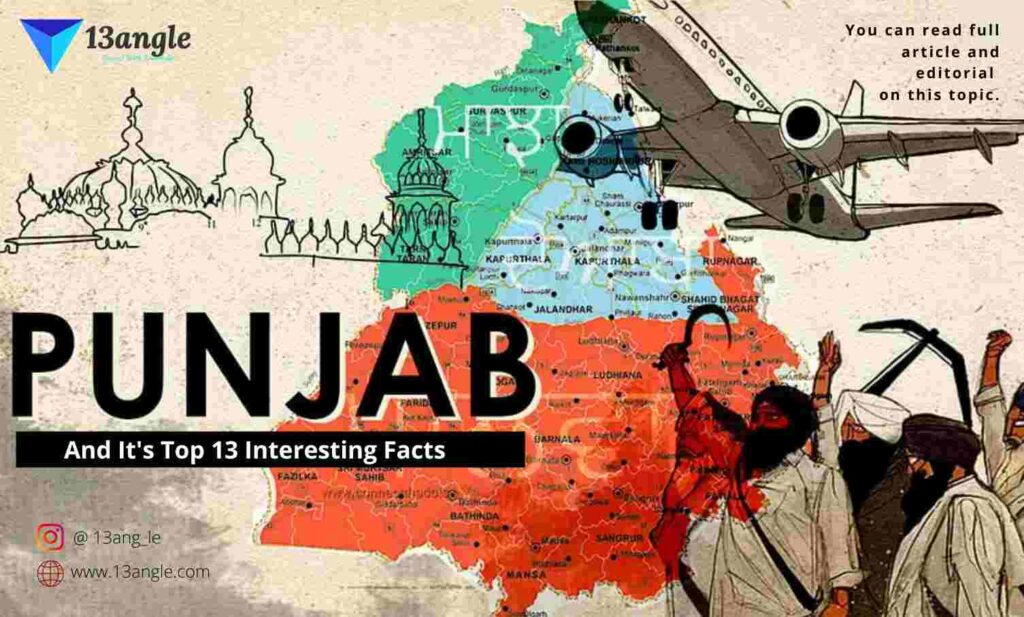It has been evidently noticed that farmers from both the states, Punjab and Haryana opposed the new Kisan Bill India. Some of the major reasons include the gain that most farmers make from the MSP procurement systems, which they fear will be done away with despite the government’s assurance.
Farmers from Punjab and Haryana have been at protesting against the farm legislation enacted by New Delhi fearing that the government will do away with minimum support prices (MSP). They also contest the weakening of the Agriculture Produce Market Committee (APMC) under the Farmers’ Produce Trade and Commerce (Promotion and Facilitation) Act.
They worry that the law would lead to inadequate demand for their produce in local markets. These are the two key issues among several others which have driven the farmer agitation. Punjab and Haryana farmers are the center of the protests because these two states highly benefit from the MSP procurement system, especially for wheat and paddy crops, data show. Also, these are the two crops that are largely procured by the government compared to the other crops, and these two states are among the top producers.
Punjab is the second-largest producer of wheat in the country and the third-largest producer of rice. The state accounted for nearly 18 percent of India’s total wheat production and 11 percent of rice production in 2018-19. Haryana produced 12 percent of the country’s wheat output and 4 percent of rice.
While some experts have opined that these protests are supported and encouraged by certain groups engaged in the farming sector that might lose out on their share with the new reforms coming into effect. So it can be said that these protests are to some extent politically motivated but not completely. When it comes to the other states not protesting against the new Kisan bill, the basic reason could be that they do not sell their produce at MSP which means that they are not getting affected by such new laws and thus not protesting.

For deep details, you can read the full article. Click the link below :





